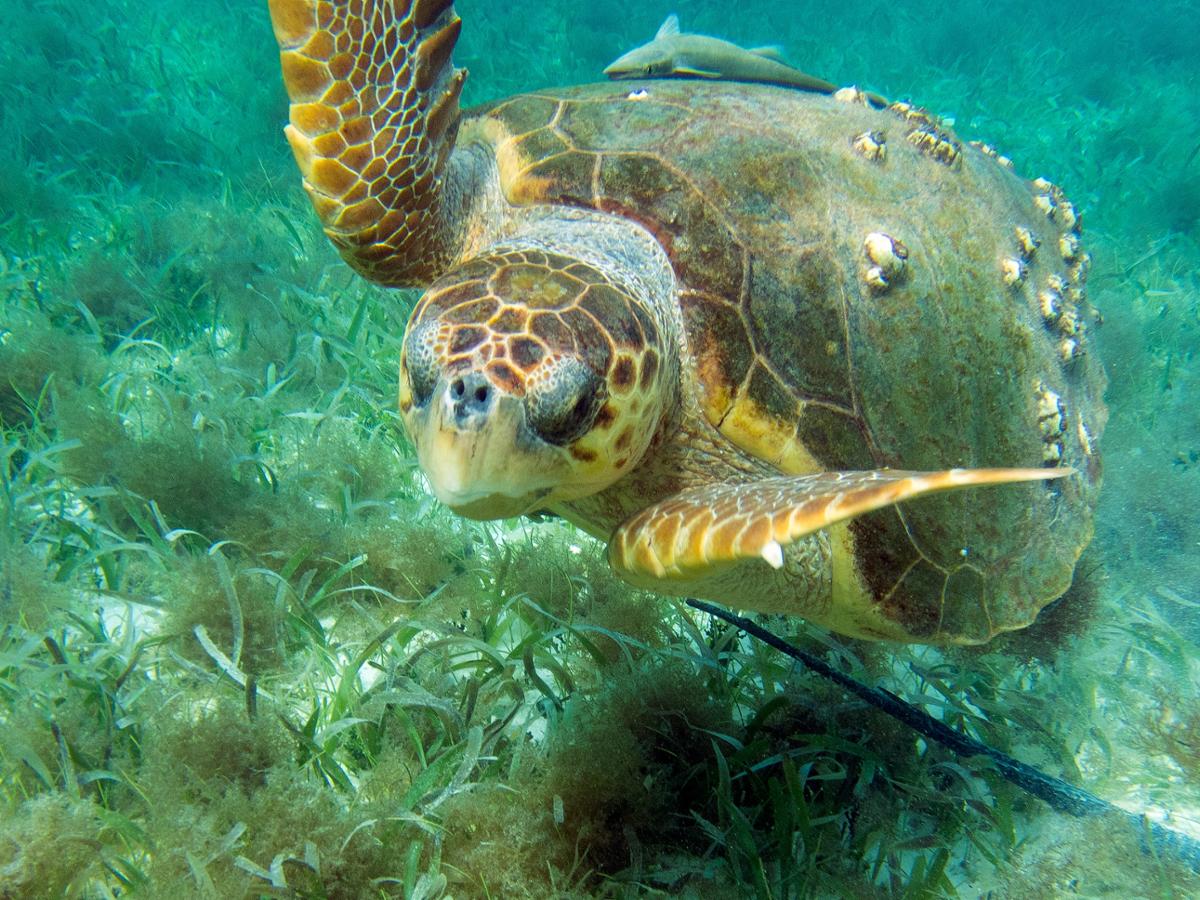Imagine you’re planning a road trip. You mark your destinations: the Washington Monument, Yellowstone, the Golden Gate Bridge. What’s the most essential thing you pack? In the past, it’d be an armload of maps, shoved in the glove compartment. These days, you’ll grab your GPS, accessible in your phone or mounted on the dash.
Major inventions such as satellite tracking—or even older inventions such as writing and mapmaking—show humanity’s skill in navigation. Our technological advancement lends a magical air to the animal world: how do salmon know to swim upstream? Why don’t butterflies get lost on the way down to Mexico?
Take the example of the loggerhead turtle. Born on Florida’s Gulf beaches, the turtles embark on an epic journey to the waters of Western Europe and Northern Africa. Yet they return, years later, to the very beaches on which they were born, completing a round trip of thousands of miles.
Loggerheads rely on Earth’s magnetic field as their very own GPS. The field produces unique magnetic signatures all around the world. But for turtles, as well as for humans, there’s no place like home: research suggests a loggerhead remembers the magnetic signature of its birthplace, a process called geomagnetic imprinting. In the ocean, the loggerhead navigates thanks to a magnetic map inherited through generations; the map tells the turtle what direction to swim when it encounters different magnetic signatures. Eventually, the turtle follows its map home, nesting on the very beach where it hatched, and the process begins anew.
Is this magic? Perhaps not. But it reminds us there’s always more to discover—and more to marvel at—on the journey of science.










